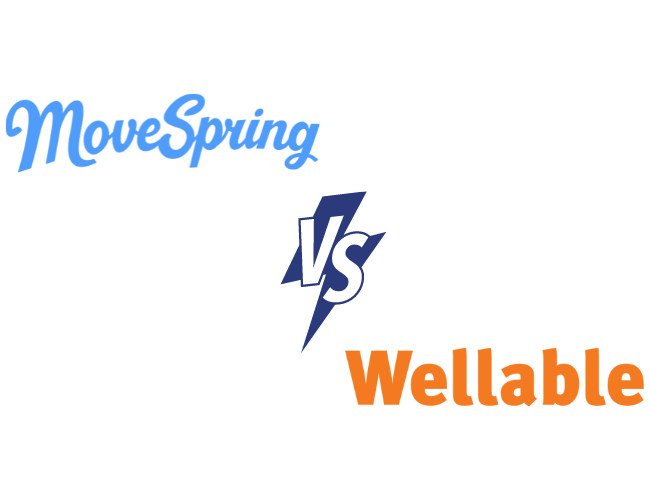All packaged food comes with a label that provides the nutritional value of that particular food so consumers know exactly what they are eating and how much of each nutrient is in that particular food. The labels also provide the ability to compare and contrast different food ingredients and nutrients for choosing the healthiest option. Unfortunately, individuals do not always use this wonderful tool to choose what they put in their bodies. One reason for this is that current labels are difficult to read and interpret.
When first looking at a food label, it can be confusing where to start and what is important to look for. Also, nutritional science is ever changing and the current food label was over 20 years old, making it long overdue for an update. The Food and Drug Administration (FDA) took this into account, and on May 20, 2016, the FDA announced its new and improved Nutrition Facts Label for packaged foods designed to reflect new scientific information which includes the link between diet and chronic disease, such as obesity and heart disease. Below is a summary of some of the changes.
Bigger Font So The Eyes Can See
When evaluating a label, consumers should always start at the top with serving size and then work their way down to the number of calories PER SERVING. A huge mistake when looking at labels and deciding how much to eat occurs when individual confuse the number of calories per serving as the caloric content for the entire package. The FDA has addressed this common error by increasing the type size and bolding the following to outline its importance: calories, servings per container, and serving size. This will make these important aspects of the label easier to see and become a focal point of the nutritional label.
Refreshed Design Based On Science

Manufacturers are now required to show the actual amount, in addition to percent daily value of vitamin D, calcium, iron, and potassium, all of which are important nutrients in a healthy diet. Manufacturers can voluntarily declare the gram amount for other vitamins and minerals.
Percent daily value is also better explained on the label for consumers to understand how much of the particular nutrient is relevant to their caloric needs. It now reads the following; “The % Daily Value tells you how much a nutrient in a serving of food contributes to a daily diet. 2,000 calories a day is used for general nutrition advice.” What a lot of consumers don’t understand is that not everyone needs 2,000 calories a day so that needs to be taken into account when looking at the percent daily value of certain nutrients.
Daily values for nutrients are also being updated to reflect new scientific evidence from the Institute of Medicine and the 2015 Dietary Guidelines Advisory Committee, which was used in developing the 2015-2020 Dietary Guidelines for Americans.
Added Sugar…Not Hidden Anymore!
Scientific data shows that it is difficult to meet nutritional needs while staying within calorie limits if you consume more than 10% of your total daily calories from added sugar. This is consistent with the 2015-2020 Dietary Guidelines for Americans. It is unfortunate that there are a lot of products out there that contain high amounts of added sugars to enhance the flavors of the product. The new FDA label will indicate not only how much total sugar there is in the product but also how much of it is from added sugar measured in grams and percent daily value.
Serving Size Updated For Current Consumption

Unfortunately, people increasingly overconsuming food. The amount of change compared to when the
latest food label came out back in 1993 has changed considerably. By law, serving size must be labeled based on what people are actually eating, not what they should eat. This is also effected by the size of the package of food. Some foods may be two servings but can easily be eaten in one sitting. For packages that are between one and two servings, such as 20 ounces of soda, the calories and other nutrients will be required to be labeled as one serving because people will typically consume this in one sitting. Hopefully, this update to the label will make consumers think twice about consuming a bottle of soda in one sitting (or in general)!
Dual Labels
Dual columns that have the number of calories and nutrients in both a single serving and a per package basis are required for certain products that are larger than a single serving but that could be consumed in one sitting or multiple sittings as well. An example is a 24-ounce bottle of soda or a pint of ice cream. This way people know exactly what they’re getting into before they sit in front of the TV with a pint of ice cream and a soda. You can see the comparison here in this graphic from the FDA.
Although the nutrition labels have definitely improved, everyone will have to wait another year before seeing them on the shelves. These new and improved labels will need to be produced by manufacturers by July 26, 2018.












